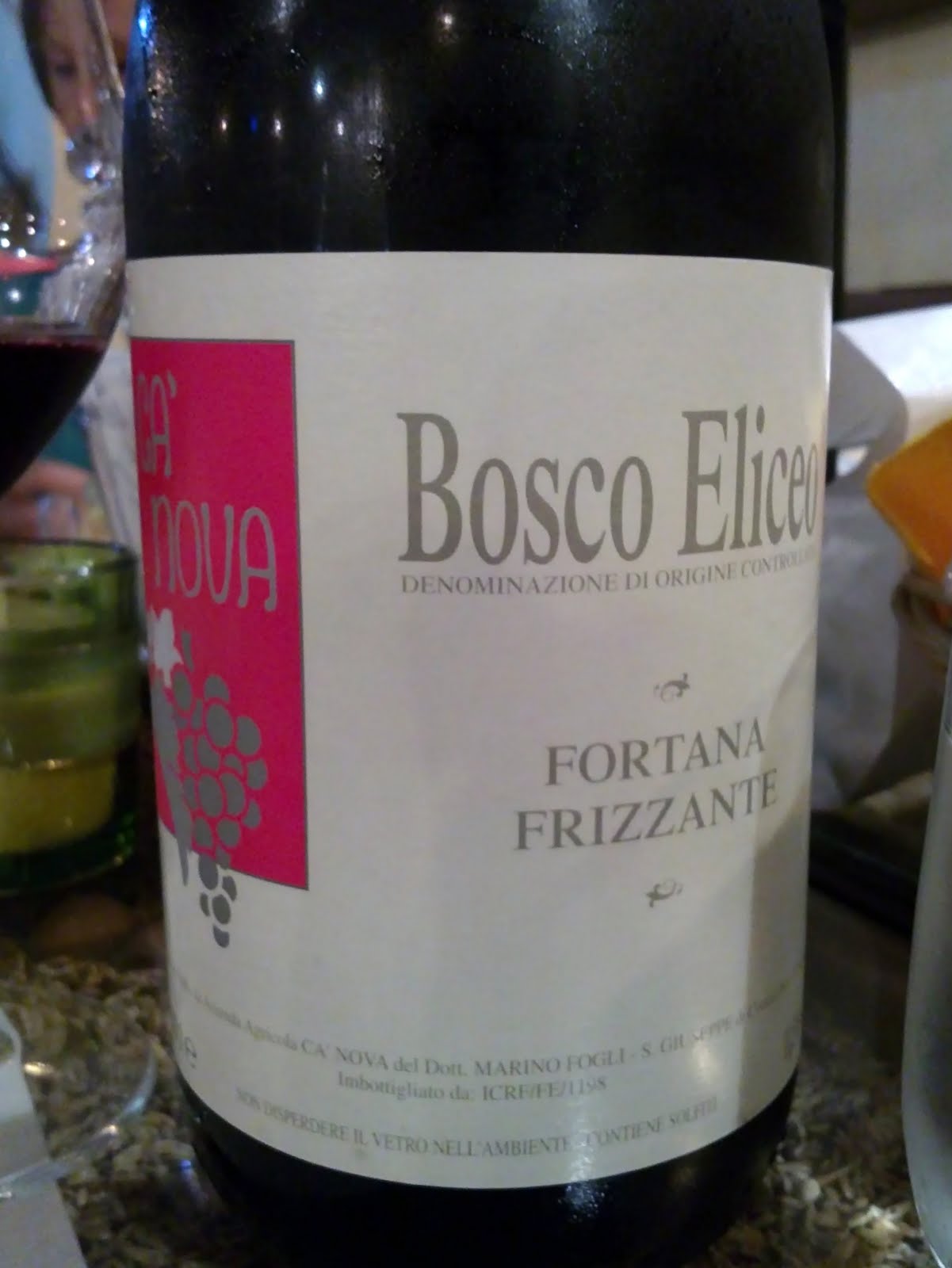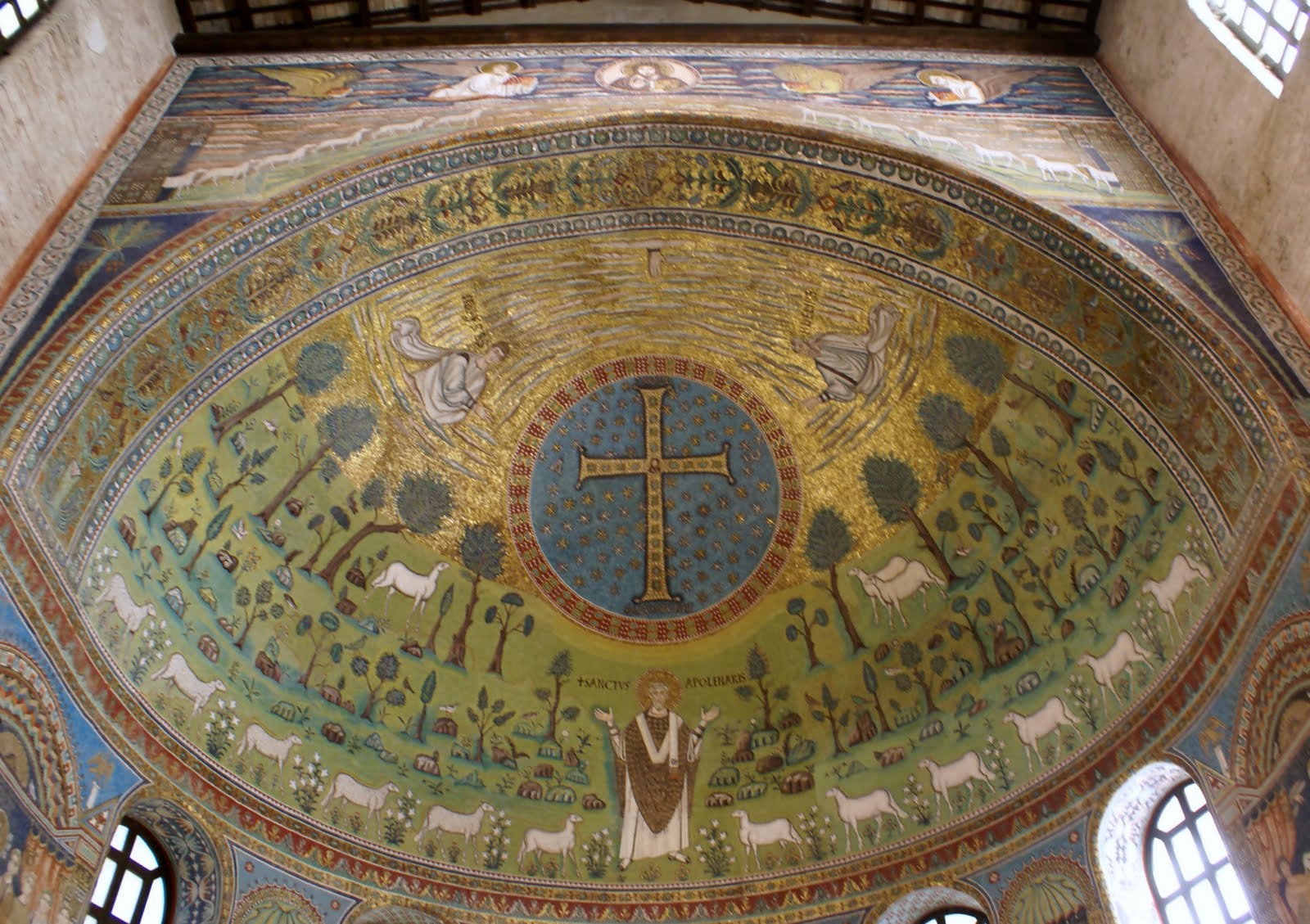In the middle of nowhere
Posted on 15 September 2010
I just spent four days in
Comacchio, a charming little Italian town in the delta of the might Po river. Sectioned by a few modest canals, Comacchio is somewhat exaggeratingly nicknamed the “small Venice” (which town with water canals isn’t) but otherwise is a very nice place.
Itcomes with some decent architecture including the bizarre triangular Trepponti bridge, very limited traffic and gorgeously quiet hotel nights, five coastal sand-beach resorts 5km away that were fabulously uncrowded and empty in mid-September, and its famous own culinary speciality: Comacchio eel, caught or farmed in the adjacent laguna. There are more ways of eating this eel than I can describe in this post but the best are marinated eel, eel risotto, pasta with eel ragú, grilled flattened eel and brodetto all’anguilla, pieces of eel in a tangy tomato and onion sauce (in making this, grilled fish is bizarrely marinated in vinegar before being stewed).

What wine to enjoy with these foods has been a major headache of the last few days. While it may seem to a foreigner that any place in Italy is blessed with a good local wine, Comacchio with its wide sandy lowlands is obviously one of the least interesting places on the peninsula to grow vines. Yet a bit is made, classified under the confidential
DOC Bosco Eliceo but better known locally as
vini delle sabbie, sand wines. They can be white or red and a large proportion is fizzy (
frizzante) but dry. The whites are made of Sauvignon or Trebbiano while the reds are Merlot or the indigenous
Fortana, the latter Bosco Eliceo’s biggest asset.

I’m actually a fan of dry red frizzante wines such as (good) Lambrusco, Colli Piacentini, Oltrepò Pavese or Piedmontese Freisa, but what I’ve tasted in Comacchio didn’t thrill. There are apparently 20+ producers in Bosco Eliceo but Comacchio bars and restaurants are dominated by two. From Corte Madonnina I’ve had an uninteresting oxidative fruitless Sauvignon and a flattish, forgettable Fortana, while the Bianco Frizzante (a blend with mostly Trebbiano) was simple but refreshing, clean and tasty with food (though not the tangy marinated eel that really needs well-chilled vodka for a Polish-styled match). The fizzy Fortana from Ca’ Nova was the best Fortana I tried, modestly aromatic but intensely fruity with a tannic-acidic-fizzy tang that made it work really well with the meaty texture of grilled eel.

White frizzante as served in a local restaurant.
I left Comacchio saddened at this state of affairs. As a partisan of local wines and grapes, I was ready to give Bosco Eliceo the benefit of a doubt but the few wines I could taste were really rather disappointing. It’s telling that the better bars in town don’t even serve any local wine, offering instead a selection of bottled crus from the rest of Italy. A white Etna and a Riesling from Trentino tasted at Bar Ragno on via Cavour (in a nice loggia at Comacchio’s central square) proved to be the most enjoyable wines of this trip.

And if you're fed up with canals, the glories of Ravenna are 40 minutes away.
Disclosure
I stayed in Comacchio at my own expense. All the wines tasted were my own purchases.






